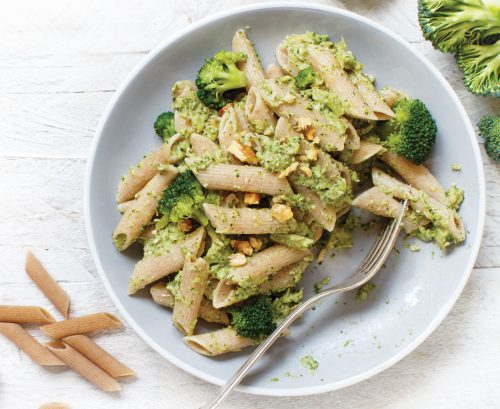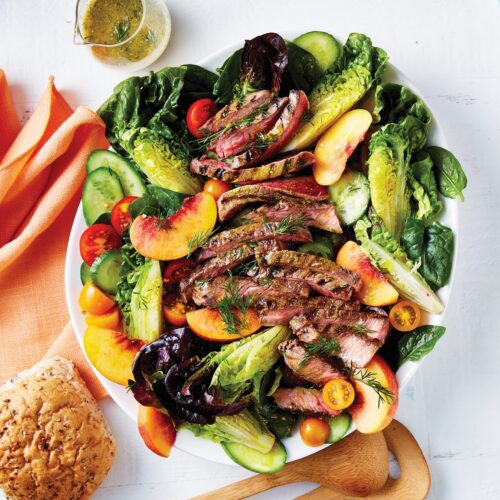
Q I love pasta, but I often feel bad when I eat it because so many people say it’s not good for you. How often would it be ok to eat? And how much better are those alternative pastas made from pulses?
A Pasta is most commonly made by combining durum wheat flour with water and, sometimes, egg. As a carbohydrate-rich food made from processed wheat, pasta sometimes gets a bad name, but this isn’t entirely fair.
Enjoying carbohydrate-rich foods, including pasta, as part of a balanced diet isn’t something to be feared or to feel bad about. The key thing is to enjoy a variety of different carbohydrate foods and, as often as possible, opt for ones higher in fibre and minimally processed.
Being mindful of your portion size is also important. When plating up, aim for half of your plate to be non-starchy vegetables, around one-quarter of your plate to be a portion of carbohydrate and the remaining quarter being protein-rich food.
If pasta is something you enjoy regularly then opting for wholemeal pasta, which is higher in fibre as well as B vitamins, is an easy swap. As you point out, there are now different types of pasta on the market which offer even more variety, as well as the opportunity for extra nutrition. Pasta made from grains like buckwheat and quinoa are higher in fibre than regular white wheat-based pasta, but those made from rice and corn are not, so it pays to check the nutrition panel and compare products.
The pulse pastas, such as those made from lentils, peas, edamame beans, black beans and chickpeas, are also great and are much higher in protein and fibre than other pasta.
For more on pasta, check out How to choose pasta.
www.healthyfood.com










